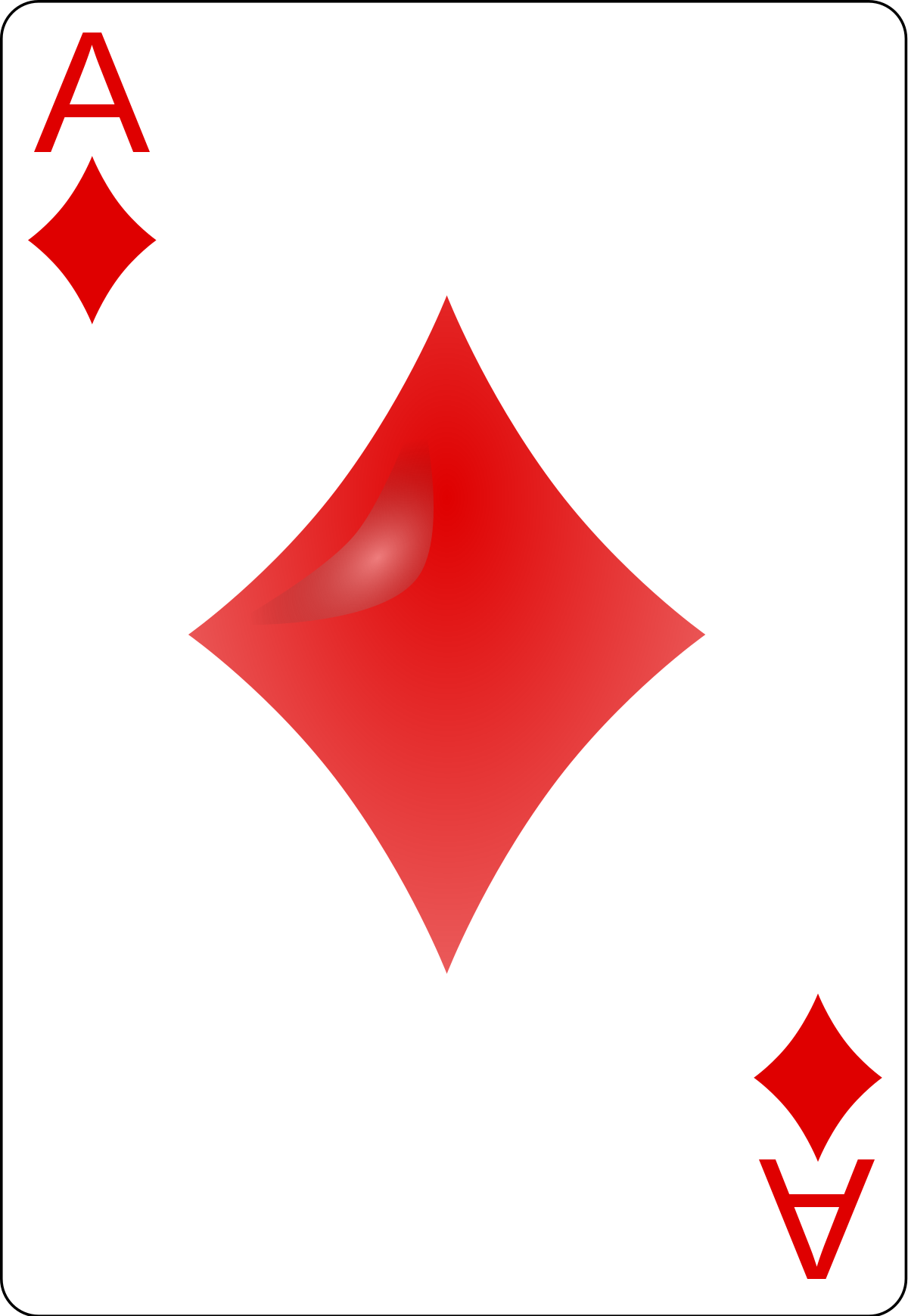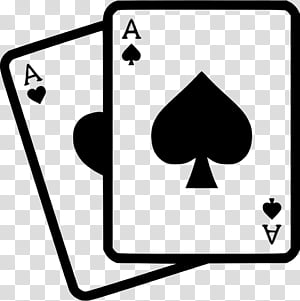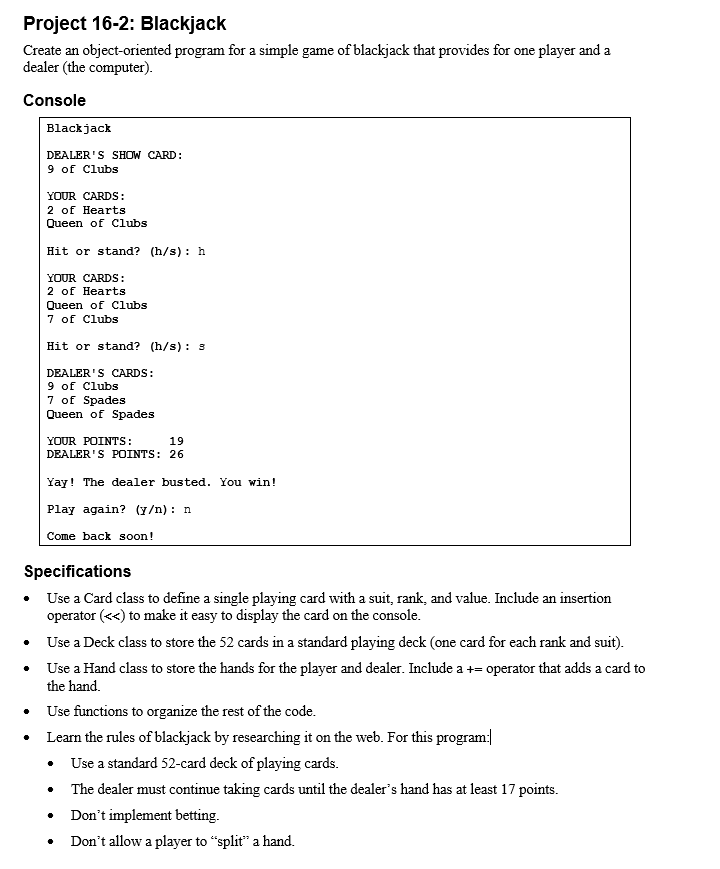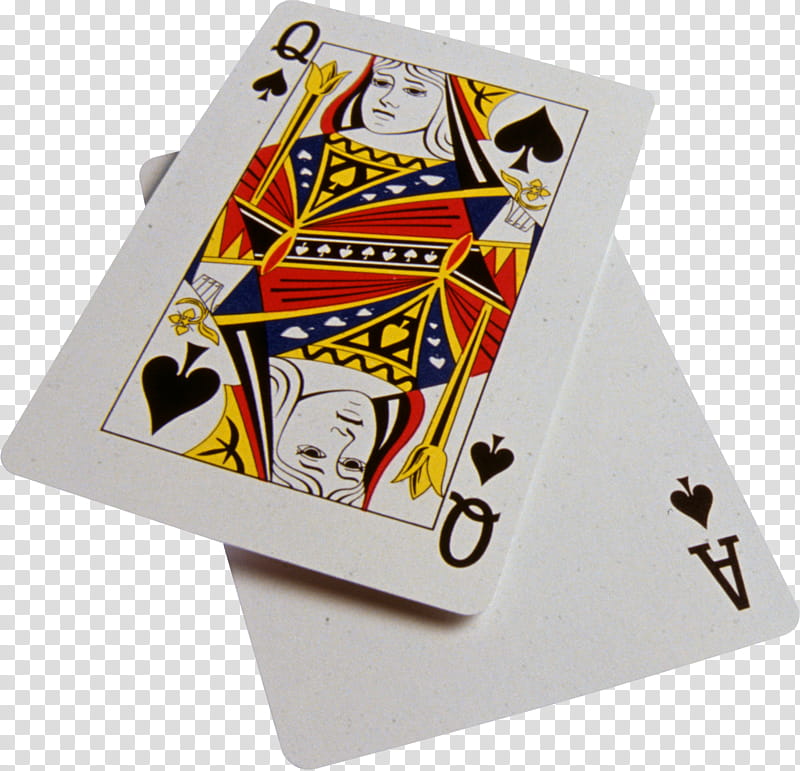Jul 20, 2019 Blackjack side bets explained, rules, strategy guides, hints and tips for novice and experienced players. Click and get yourself the best advice on the net! Sep 14, 2017 Depending on the rules, some blackjack games allow us to split non-matching face cards, because they are still valued at 10 points. For instance, we might be allowed to split a King and a Queen. When splitting, we must place an additional bet equal to our original wager to cover the second hand. May 08, 2020 The best time to split pairs in blackjack is when you're dealt 2 aces or 2 eights, which will increase your chances of getting 21. You should also split a pair of twos, threes, or sevens if the dealer shows a seven or lower.
US Players and Credit Card, BitCoin Deposits Accepted!
Blackjack uses standard playing cards which value from the numbers 2 thru 10 and have the royal cards such as jacks, queens, kings and aces. The red and black suits include diamond, hearts, clubs and spades. In most cases, the suit doesn't matter unless you are playing a special variation of blackjack. The only important part is the point system that is set up.
All of the cards from two through ten have points equal to those numbers. However, the jack, queen and king are worth 10 points. So in a standard 52 card deck, 16 of those cards are worth 10 points
Blackjack Ace and Ten Cards
The most powerful combination of cards are the aces and tens. A 'blackjack' is a term used when a player scores the highest possible points using only two cards, which would be a ten and an ace. This is why blackjack is sometimes known as the game 'twenty one (21)'. An ace can either be worth 1 point or 11 points. This card is almost like a wild card, the player gets to choose what the point value is.
Blackjack basic strategy assumes that there are more ten point cards in play than any other point value. Therefore, remembering this fact is crucial to building skills, winning blackjack and having a pleasurable gaming experience.
Blackjack Card Counting
I would like to point out that the card counting system is rooted in keeping track of the 10 point cards. When you are dealt a hand and you happen to draw ten points, you have a much better chance of winning, especially if you are dealt an ace. Knowing that there are more tens in the deck, you can predict what the dealer may have. Such as if the dealer has a 6 card showing, there is a high probability that he will draw a 10 card and then have a high chance of busting during the next draw. In contrast, the dealer may have an ace showing (11 points) and you can use limited prediction that he will draw a 10 card and get a total of 21 points and win.
Card counting really isn't that complicated, you just need to keep track. Depending on how many decks are in play, you are just counting how many ten cards have been dealt throughout the game and compare that to how many there still are in the deck. Therefore when the dealer has that ace showing, you can determine how likely that a ten point card will be drawn. This is a very powerful advantage that can actually defeat the house edge! Imagine if the dealer has an ace showing, but you already determine that there are no more tens in the deck. You would not have to decide whether to use insurance and that the dealer is guaranteed not to get a blackjack.
Click image above to visit CasinoMax and play blackjack (free or real money).
- Appendices
- Miscellaneous
- External Links
Introduction
Lucky Ladies is one of the most popular blackjack side bets ever. It started in Washington state and now can be found in casinos all over the place. The idea is that any player 20-point hand wins something. Certain twenties, especially those involving two queens pay more. I've seen various versions through the years, which I label as A, B, C, D, and E. There is also a progressive version called Bonus Lucky Ladies.
A word about terminology. A 'matched pair' means the same card in both rank and suit.

Lucky Ladies — Pay Tables A and B
| Hand | Table A | Table B |
|---|---|---|
| Q of hearts pair & dealer has BJ | 1000 to 1 | 1000 to 1 |
| Q of hearts pair | 125 to 1 | 200 to 1 |
| Matched 20 | 19 to 1 | 25 to 1 |
| Suited 20 | 9 to 1 | 10 to 1 |
| Unsuited 20 | 4 to 1 | 4 to 1 |
Lucky Ladies — Pay Table C
| Hand | Table C |
|---|---|
| Pair of queens with dealer BJ | 250 to 1 |
| Pair of queens | 25 to 1 |
| Ranked 20 | 9 to 1 |
| Suited 20 | 6 to 1 |
| Any 20 | 3 to 1 |
Lucky Ladies — Pay Table D
| Hand | Pays |
|---|---|
| Queen of hearts pair | 100 to 1 |
| Matched 20 | 30 to 1 |
| Suited 20 | 10 to 1 |
| Any 20 | 3 to 1 |
| One queen | 1 to 1 |
Lucky Ladies — Pay Table E
| Hand | Pays |
|---|---|
| Queen of hearts pair | 100 |
| Matched 20 | 25 |
| Suited 20 | 10 |
| Any 20 | 3 |
| Queen of hearts | 2 |
| Any other queen | 1 |
Following is the pay table for the progressive Pay Table F.
Lucky Ladies — Pay Table F
| Hand | Pays |
|---|---|
| Queen of hearts pair + dealer BJ | Jackpot |
| Queen of hearts pair | 25 |
| Suited 20 | 10 |
| Unsuited 20 | 2 |
Analysis of Pay Table A
The next table is an analysis of pay table A with six decks. The lower right cell shows a return of 75.29%, or a house edge of 24.71%.
Lucky Ladies Pay Table A — 6 decks
| Hand | Permutations | Probability | Pays | Return |
|---|---|---|---|---|
| Q of hearts pair & dealer has BJ | 135360 | 0.000015 | 1000 to 1 | 0.014563 |
| Q of hearts pair | 2738340 | 0.000295 | 125 to 1 | 0.036827 |
| Matched 20 (same rank and suit) | 43105500 | 0.004638 | 19 to 1 | 0.088115 |
| Suited 20 | 193112640 | 0.020777 | 9 to 1 | 0.186990 |
| Unsuited 20 | 744863040 | 0.080139 | 4 to 1 | 0.320554 |
| Non-20 | 8310740400 | 0.894138 | Loss | -0.894138 |
| Total | 9294695280 | 1.000000 | -0.247089 |
Analysis of Pay Table B
The next table is an analysis of pay table B with six decks. The lower right cell shows a house edge of 17.64%.
Lucky Ladies Pay Table B — 6 decks
| Hand | Permutations | Probability | Pays | Return |
|---|---|---|---|---|
| Q of hearts pair & dealer has BJ | 1,000 | 135,360 | 0.000015 | 0.014563 |
| Q of hearts pair | 200 | 2,738,340 | 0.000295 | 0.058923 |
| Matched 20 (same rank and suit) | 25 | 43,105,500 | 0.004638 | 0.115941 |
| Suited 20 | 10 | 193,112,640 | 0.020777 | 0.207767 |
| Unsuited 20 | 4 | 744,863,040 | 0.080139 | 0.320554 |
| Non-20 | -1 | 8,310,740,400 | 0.894138 | -0.894138 |
| Total | 9,294,695,280 | 1.000000 | -0.176391 |
Analysis of Pay Table C
The next table is an analysis of pay table C with one deck, which is what pay table C was designed for. The lower right cell shows a house edge of 29.89% (ouch!).

Lucky Ladies Pay Table C — 1 deck
| Hand | Permutations | Probability | Pays | Return |
|---|---|---|---|---|
| Pair of queens with dealer BJ | 1344 | 0.000207 | 250 to 1 | 0.051713 |
| Pair of queens | 28056 | 0.004318 | 25 to 1 | 0.107951 |
| Ranked 20 | 88200 | 0.013575 | 9 to 1 | 0.122172 |
| Suited 20 | 137200 | 0.021116 | 6 to 1 | 0.126697 |
| Any 20 | 411600 | 0.063348 | 3 to 1 | 0.190045 |
| Non-20 | 5831000 | 0.897436 | Loss | -0.897436 |
| Total | 6497400 | 1 | -0.298858 |
Analysis of Pay Table D

The next table is an analysis of pay table D with six decks. The lower right cell shows a house edge of 13.34%.
Lucky Ladies Pay Table D — 6 decks
| Hand | Pays | Combinations | Probability | Return |
|---|---|---|---|---|
| Queen of hearts pair | 100 | 15 | 0.000309 | 0.030918 |
| Matched 20 | 30 | 225 | 0.004638 | 0.139129 |
| Suited 20 | 10 | 1,008 | 0.020777 | 0.207767 |
| Any 20 | 3 | 3,888 | 0.080139 | 0.240416 |
| One queen | 1 | 5,184 | 0.106851 | 0.106851 |
| Loser | -1 | 38,196 | 0.787287 | -0.787287 |
| Total | 48,516 | 1.000000 | -0.062206 |
Analysis of Pay Table E
Following is my analysis of pay table E, based on six decks.
Lucky Ladies Pay Table E — 6 decks
| Hand | Pays | Combinations | Probability | Return |
|---|---|---|---|---|
| Queen of hearts pair | 100 | 15 | 0.000309 | 0.030918 |
| Matched 20 | 25 | 225 | 0.004638 | 0.115941 |
| Suited 20 | 10 | 1,008 | 0.020777 | 0.207767 |
| Any 20 | 3 | 3,888 | 0.080139 | 0.240416 |
| Queen of hearts | 2 | 1,296 | 0.026713 | 0.053426 |
| Any other queen | 1 | 3,888 | 0.080139 | 0.080139 |
| Loser | -1 | 38,196 | 0.787287 | -0.787287 |
| Total | 48,516 | 1.000000 | -0.058682 |
House Edge Summary

The next table summarizes the house edge for versions A through D for one to eight decks.
Lucky Ladies — Summary
| Decks | Pay Table A | Pay Table B | Pay Table C | Pay Table D | Pay Table E |
|---|---|---|---|---|---|
| 1 | 29.89% | ||||
| 2 | 30.05% | 24.94% | 25.51% | 12.66% | 11.37% |
| 4 | 26.04% | 19.46% | 23.35% | 7.82% | 7.24% |
| 5 | 25.24% | 18.37% | 22.92% | 6.86% | 6.42% |
| 6 | 24.71% | 17.64% | 22.64% | 6.22% | 5.87% |
| 8 | 24.05% | 16.73% | 22.28% | 5.42% | 5.19% |
Bonus Lucky Ladies
Bonus Lucky Ladies is a $1 progressive side bet. I first noticed it on June 5, 2015 at the Palace Casino in La Center, Washington. Following is the pay table table. All wins are on a 'for one' basis, meaning the player does not get his original wager returned on a win.
Bonus Lucky Ladies — Pay Table
| Player | Dealer | Pays |
|---|---|---|
| Queen of hearts pair | Dealer BJ in hearts | 100% of Jackpot |
| Queen of hearts pair | Dealer suited BJ (not hearts) | 25% of Jackpot |
| Queen of hearts pair | Dealer BJ (not suited) | 5% of Jackpot |
| Queen of hearts pair | Anything else | $125 |
| Matched 20 | Anything | $19 |
| Suited 20 | Anything | $9 |
The next table shows the probability and return of each event, based on six decks. A question mark means a variable win, depending on the jackpot size.
Bonus Lucky Ladies — Return TableExpand
| Player | Dealer | Pays | Combinations | Probability | Return |
|---|---|---|---|---|---|
| Queen of hearts pair | Dealer BJ in hearts | ? | 1,980 | 0.0000009 | ? |
| Queen of hearts pair | Dealer suited BJ (not hearts) | ? | 6,480 | 0.0000028 | ? |
| Queen of hearts pair | Dealer BJ (not suited) | ? | 25,380 | 0.0000109 | ? |
| Queen of hearts pair | Anything else | $125 | 684,585 | 0.0002946 | 0.0368267 |
| Matched 20 | Anything | $19 | 10,776,375 | 0.0046376 | 0.0881153 |
| Suited 20 | Anything | $9 | 48,278,160 | 0.0207767 | 0.1869899 |
| Loser | $0 | 2,263,900,860 | 0.9742765 | 0.0000000 | |
| Total | 2,263,900,860 | 1.0000000 | 0.3119318 |
The table above shows the fixed wins return 31.19%. Each $10,000 in the meter will add 2.13% to the return. To reach break-even the jackpot would need to reach $328,372.59.
Analysis of Pay Table F
Following is my analysis of the progressive pay table F, based on six decks. Wins are on a 'for one' basis.
Pay Table F Analysis ‐ Six Decks
| Event | Pays | Combinations | Probability | Return |
|---|---|---|---|---|
| Queen of hearts pair + dealer BJ | Jackpot | 33,840 | 0.000015 | ? |
| Queen of hearts pair | 25 | 684,585 | 0.000295 | 0.007365 |
| Suited 20 | 10 | 59,054,535 | 0.025414 | 0.254143 |
| Unsuited 20 | 2 | 186,215,760 | 0.080139 | 0.160277 |
| Loser | 0 | 2,077,685,100 | 0.894138 | 0.000000 |
| Total | 2,323,673,820 | 1.000000 | 0.421785 + ? |
Play Blackjack For Free
The following table shows a return to player of 42.18%, not including the value of the jackpot. For every 10,000 bets units in the jackpot, the return increases by 14.56%.
I saw this as a 'red light' $1 bet at the Rampart on January 29, 2021. At the time, the jackpot was $17,347.43. That would make the return at that time and place 42.18% + 14.56% × $17347/$10000 = 67.44%.